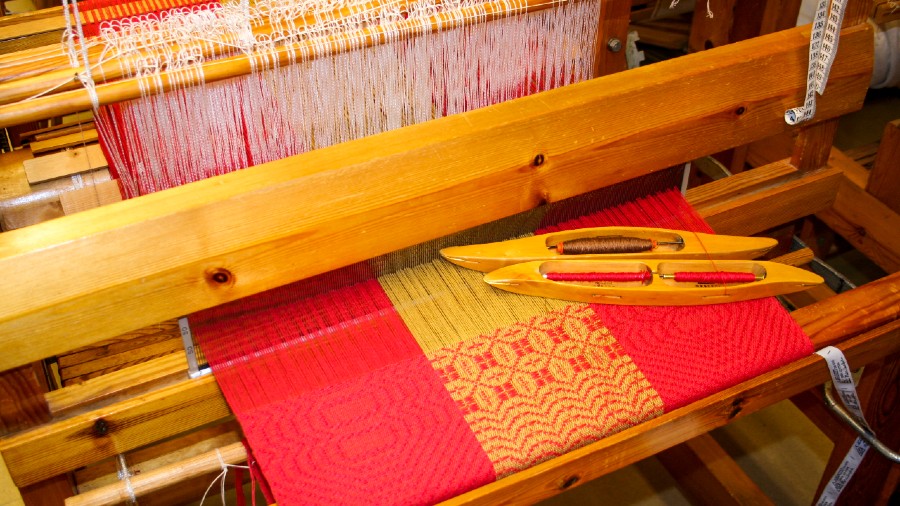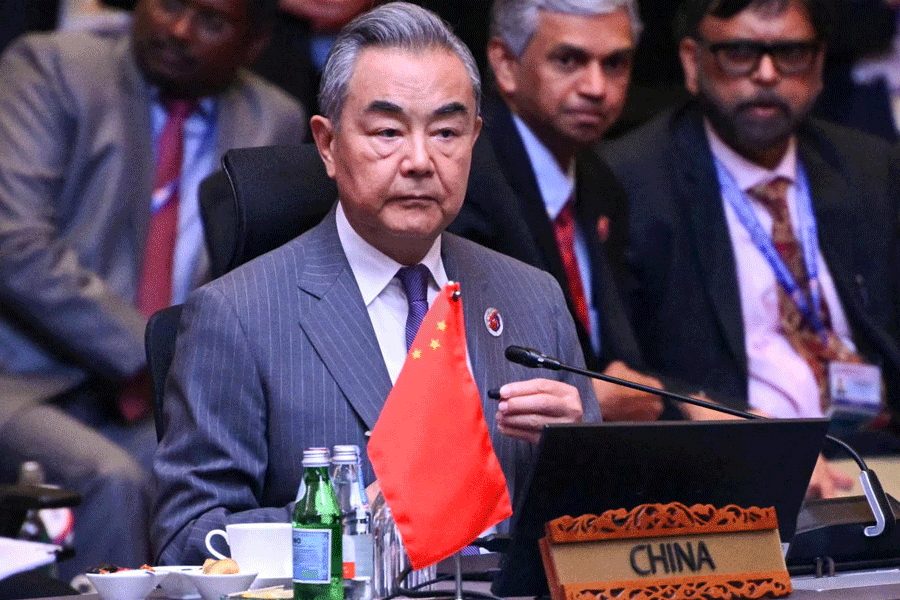Like most other sectors, the Bengal fashion industry, especially the handloom industry hit a roadblock due to the pandemic. The key to its revival became the devising of revisionary approaches to every facet of the industry. To this end, the third edition of Bengal Fashion Heritage, an initiative to reinvent and foster the handloom and embroidery and support the livelihoods of craftsmen, held a digital rendezvous, bringing together a group of fashion designers and entrepreneurs to widen the horizon of discussions around the same. It began with a video taking us through the journey of BCC&I till date. Deb Mukherjee, president, BCC&I gave the welcome address followed by a theme address by
Dr Rupali Basu, founder, director, the Bengal Fashion Heritage to formally open the panel discussion. Sukanya Bose was the emcee for the session. ‘Figital’— going digital while also retaining the physical aspects of the handloom industry, such as paving ways to have the touch-and-feel vibe, by the customers and designers alike, was the key thought of the roadmap ahead. The session was capped by a round of virtual felicitations — Shamlu Dudeja, chairperson, SHE Foundation, Nandita Raja, founder, Kanishka’s, and late Sharbari Datta, founder, Sharbari Studio & Shunyaa were felicitated by BCC&I for their commendable endeavours. The award for Datta was virtually received by her son Amalin Datta and her daughter-in-law Kanaklata Datta. Snapshots from the event:
Dr Rupali Basu, founder, director, The Bengal Fashion Heritage (TBFH)
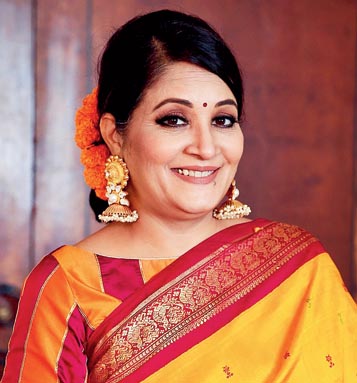
Sourced by the correspondent
“The Bengal Fashion Heritage 2021 is all about taking the initiative of preservation and promotion of Bengal’s age-old rich and almost dying techniques of hand-embroidery and hand-block prints on handloom weaves, to the digital platform. This digitisation will enhance the reach of clientele and will make the products less expensive so that the sector starts breathing. The appeal to the government is made today for creating an exclusive embroidery council so as to make an attempt to address all issues and uplift the sector to a more organised one. The tremendous response from all quarters gives us the hope that we are on the right path and soon, things will change for the better.”
Dr Munal Mahbub, senior vice president, Chittagong Women Chamber of Commerce

Sourced by the correspondent
“Both the countries (India and Bangladesh) have to share bilateral ideas to expand our business, to connect, communicate with each other and grow together in a sustainable, skilful and stronger way. The coining of the word ‘fashion heritage’ brings us to the handloom industry in both the Bengals. In Bangladesh, the cottage industries are almost extinct today because of various problems adjacent to the industry — failing economy, unemployment, reduced spending. The pandemic and subsequent lockdown adversely impacted the artisans and craftsmen. Since the lockdown, unsold inventory has piled up, there is low capital to invest, and most artisans are looking for alternate means of living. The art of weaving in Bangladesh had evolved through variants like Jamdani, famous Dhaka muslin, what we call mulmul. Over the years, the weavers simplified the designs, made it more stylised and geometric. The handloom products have seen upwards trend in exports. Online marketing has helped the sales. Handloom is the second largest source of rural employment. There are many stakeholders in India and Bangladesh and they have to grow collectively. The emerging wedding industry in India is not only acceptable and affordable for us but will boost the bilateral trade, if fellow artisans in the neighbouring countries can promote our artisans and if the fashion designers can come to our country or collaborate with our local designers and artisans and open stores, that will help us sustain and hold on to this fashion heritage for years to come.”
Adarsh Makharia, director, OSAA by Adarsh
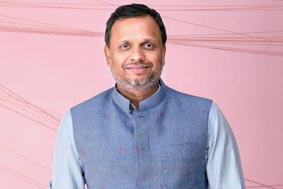
Sourced by the correspondent
“When the pandemic happened, initially for first 10-20 days, I was numb and void, as 700 people were to be supported since they have supported me for 22 years. I will take care of their livelihood in whatever small way. We then thought why don’t we say hello to our clients. So we started reaching out to clients through virtual appointments. We were conservative about showing designs virtually but we finally opened virtually, realising that we don’t need to do have a store in Delhi and could connect with a client abroad also. I have seen what kantha, hand-embroidery can do to fashion. That is our strength. Promoting products on the right platform with the right people is the key.”
Nuzhat Nueri Kristy, founder, chief designer of Kristy Boutique and director, Chittagong Women Chamber of Commerce & Industry

Sourced by the correspondent
“In Bangladesh what is happening since the pandemic in March is that we have this biggest festival Id-ul-fitr, where most of our designers prepare designs for it and sell the products. But the pandemic gave us a huge shock. I have various kinds of products in my showroom — clutches, bags, dresses, long jackets, but it has to have kantha work on it. So my clients are also specific, I have a big clientele for Id-ul-fitr. The pandemic had us run into losses. On the 15th day of Ramadan, I made a WhatsApp group and through video conferencing, I showcased the products to my clients. Custom has it that we have to bring new clothes for our kids on Id, so we had sales. But after that we realised that e-commerce was the way to go. We have started pages — uploading the pictures with the material, measurements etc. So in Bangladesh, people are buying clothes online. We are not charging delivery costs, so people are interested in buying more. If issues like free delivery or less delivery charges and accurate pricing can be taken care of, this will help us get back on our feet.”
Abhishek Ray, proprietor, A Square Creations

Sourced by the correspondent
“Smaller brands like mine need regular sales as they impact our retailers, our dyers, our block-printers. The only thing that kept my brand afloat was my social media presence — I could repost old pictures and send regular messages to clients. I don’t have a website yet, but Instagram, Facebook helped the cause, and keeping in touch with the clients too. I feel that physical touch and feel of a heritage handloom fabric is important. You spend a big amount so the fabric, colour, embroideries can be discussed only by sitting down — but the digital presence is the key now to overcome the blow of the pandemic. The pandemic taught me all about switching over to simplicity of designs, cutting down on wastage and that now when as per customer preference, comfort has taken over style, digital presence is necessary. I will go even more digital now.
Pinky Kenworthy, model-turned-artist
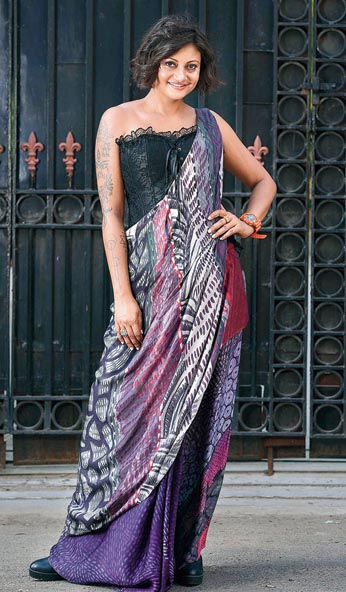
Sourced by the correspondent
“The trend has gone from wearing handcrafted and handloom material to going into synthetic and I have seen that change in my career of 25 years. Youngsters have imbibed that fad of powerloom, which is also cheap and use-and-throw. Our weavers have been struggling for a long time even before the pandemic so we need amazing designers, social fashionistas, and government to support them. And yes — the future is online and the only solution is to go digital. If things are explained well about the stories of the weaves and how they come to be, products can be marketed well for a wider reach.”
Rajesh Pandey, IAS, principal secretary, MSME & Textile, government of West Bengal
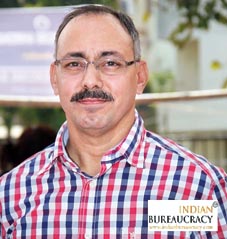
Sourced by the correspondent
“Biswa Bangla is a brand that came up in the last 10 years, promoting products of unique heritage from Bengal. A lot of work is being done to ensure that the artisans have the necessary tools. We are working with the Unesco on a rural craft and culture hub. So crafts such as patachitra or masks or various kinds of musical instruments are promoted through the provision of incentives to procure these instruments. These artists get a forum to display their skills and we also give market linkages. I have also been trying to get a GI (geographical indicator) tag for nakshi kantha. What we can do at Bengal Fashion Heritage is to organise these skilful artisans and craftsmen. We have to popularise these products so the heritage is there in people’s household in whatever form be it.”
Malika Varma, deputy director, TBFH 2022, founder, Malika’s Kantha Collection and director, She Kantha

Sourced by the correspondent
“She Kantha or Malika’s Kantha collection had a hard time when the lockdown began, with exhibitions cancelled. Artisans were hit hard, the business fell into a slump — whatever excess money my mother and I had, we put it into welfare, so there was nothing to fall back on. The terms ‘atmanirbhar Bharat’ and ‘vocal for local’ became a reality. We have lived the life of vocal for local literally and we support this huge umbrella of 1,000 women who have been brought up over years, and they didn’t understand the lockdown, and all they said was ‘Won’t we have work?’ We are so particular about our designs not being exploited, which happen when they are out in the digital media, but we had no choice. I had to go digital. My mother has been at the helm of revival of kantha, which is being recognised all over and suddenly with new and old clients, we actually sold more than what we did before the lockdown. On May 18, we launched the online store on my mother’s birthday. The protection of our designs was a concern but well, it’s up to the consumer. Kantha and Kanjeevarams are the heritage of our country so they have to be embellished and embroidered with designs that are contemporary and in sync with the fashion trends.”
Minnie Juneja, deputy director, TBFH 2021 and founder, Fenasia Group
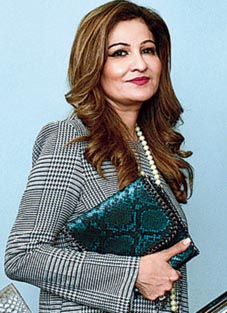
Sourced by the correspondent
“Bengal Fashion Heritage has opened an entire new frontier. It has offered us new opportunities for business and a platform to support the ecosystem of the fashion industry. At Fenasia, we have a luxury brand and have worked very closely with Bengal — our bags are traditional and contemporary. We work with embellishments, stones, zardozi, etc., and the artisans are the real stars. We faced challenges so we had to pick up from where we left. Procurement of raw materials was a challenge and the artisans couldn’t come to office but we ensured their salaries are given to them. But the Indian consumers are reassessing the economic activities, due to the ease in restrictions, there is a significant improvement in consumer trends and behaviour. We need to promote sustainable fashion. E-commerce has to be stepped up and the private and public sector have to join hands to strengthen the economy. Business has to be re-strategised.”
Bappaditya Biswas, partner, Bailou & Byloom

Sourced by the correspondent
“Initially, the pandemic isn’t something we were ever prepared for. I am a very hands-on person so I have to touch, feel and wear textiles, so for me buying it online was difficult. But the need of the hour was to promote ourselves online. We were among the first few shops that opened. But people were scared to come out, so we had to go online. We were quite active on Facebook and we shoot real-life people in saris, it’s a popular initiative that started long back. We paid more attention to our online page now. We have clients in Canada, Australia and America and we have been working with crafts for a long time so how do we contain the vast human involvement that has stopped? When there are no public occasions such as dinners or get-togethers, does the consumer need new garments? That is the question. We do everyday products here. So the way is to reimagine and repurpose the products, practical aspects. The positive of the pandemic is that people have started looking into the intrinsic value of products. Why cheap and fast fashion is not required, why heritage pieces are important to investing and having it for years — so these points are interconnected. The mindsets of people have changed, throwing away and wasting has gone so that’s where handloom will come in now all the more. Cheap versus deep is the idea.”
Pranay Baidya, designer

Sourced by the correspondent
“We have built a community of people dedicated to promoting the handloom weaves. Fortunately for our label, we have been focused for the last four years. We have a digital portal that serves clients not just in India but across the world. But there’s also a bit of fatigue for the digital, so a word that is doing the rounds is ‘Figital’ — physical and digital. The huge part of our strategy has to combine the best of digital forces, whether communicating with our audience or other points, but we cannot ignore the physical aspects such as culture and the craft because they cannot be experienced digitally. The physical outlets are equally important; people new to a particular craft cannot experience it digitally, so the digital roadmap has to imbibe the physical aspects. We have an emotional value system as a community, so we want to celebrate and dress up and wear jewellery. The term ‘fashion heritage’ is significant — if we look at fashion, heritage and culture, we cannot ignore the physical aspects of culture even though digital is the roadmap from here on, the education and celebration of the handloom heritage will need physical, whereas aspects such as retail need the digital. We also cannot ignore that the multi-million-dollar wedding industry in India is a huge market and will help boost the handloom industry.”

